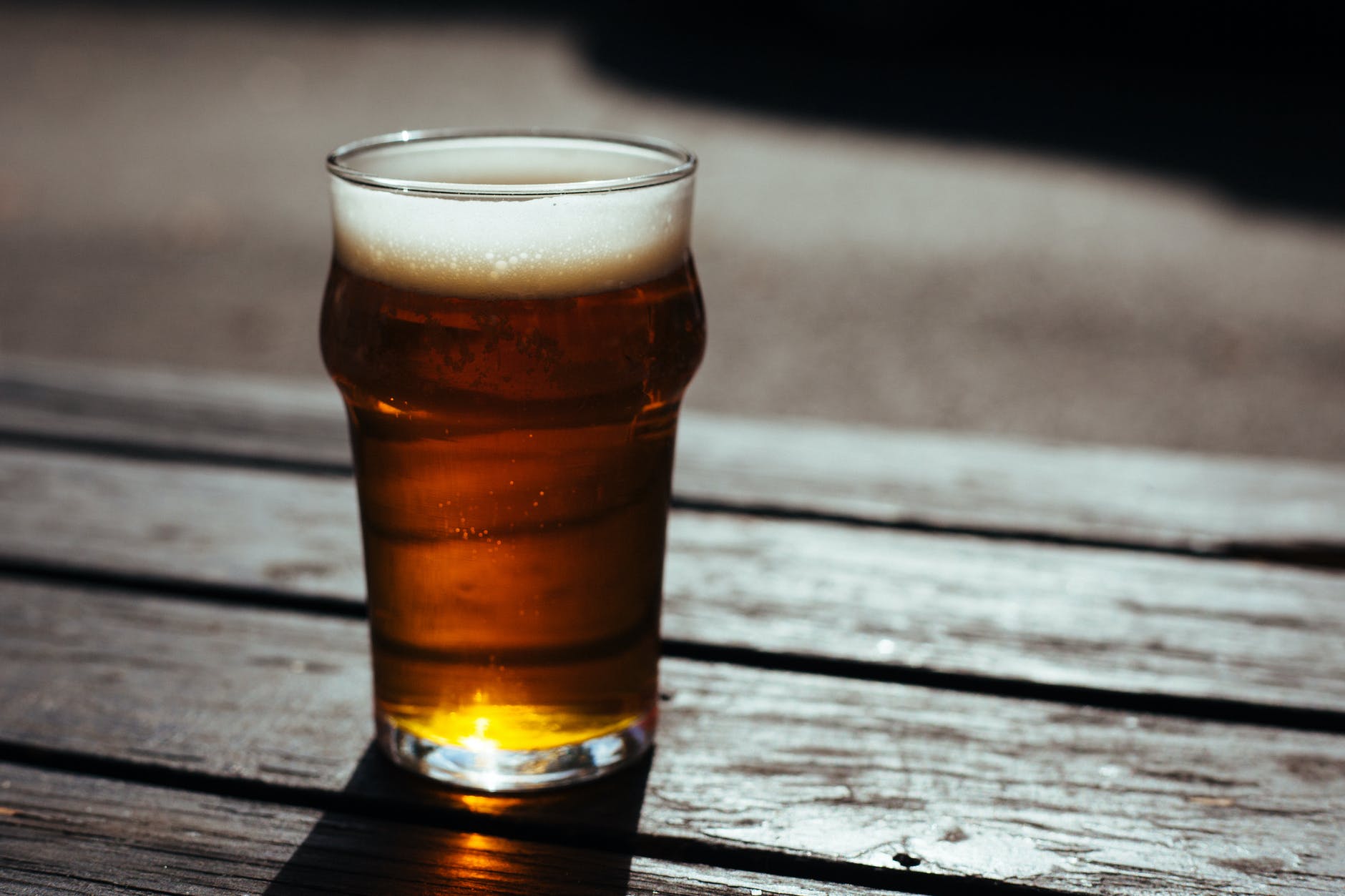A wastewater treatment plant west of Adelaide, Australia, is using stale beer to generate biogas, which in turn can power up to 1,200 homes.
Beer = biogas
Water utility SA Water’s Glenelg Wastewater Treatment Plant combines old beer with sewage sludge. That combo creates a biogas, which is naturally produced from the decomposition of organic waste that then powers the entire plant. SA Water is owned by the South Australian government and provides services to around 1.5 million people.
So where is SA Water getting the influx of stale beer? From pubs, bars, restaurants, and clubs that have been shut as a result of the pandemic, and it’s putting it to good use.
The beer biodegrades under high temperatures in large digester tanks, using natural bacterial processes which release biogas. This biogas, in turn, generates electricity.
The wastewater plant has been repurposing 150,000 liters of expired beer every week… As a result, the plant has seen renewable energy generation boosted to 654 megawatt hours in a single month.
The plant generated a record 355,200 cubic meters of biogas in May and another 320,000 cubic meters in June, according to Energy Live News.
SA Water senior manager Lisa Hannant said:
Glenelg’s co-digestion program adds high strength organic waste from industry to sludge from the sewage treatment process.
Harnessing the power of biogas through our onsite gas engines creates renewable energy for the treatment plant and a sustainable alternative for industrial waste that’s otherwise difficult to dispose of and treat.
The industry has remained resilient and adapted to ensure their resources aren’t wasted, while enabling an outcome for the environment.
The wastewater treatment facility normally generates enough biogas to power around 80% of its energy needs.
Electrek’s Take
The alcohol industry has been hit hard by the coronavirus pandemic. For example, Champagne producers have said they’ve lost an estimated €1.7 billion ($2 billion) in sales this year. There are more than 100 million unsold bottles of fizz. So there is a very good chance that the grapes may end up as hand sanitizer. (And that is an absolute tragedy, as I am a big Champagne lover, but we do need hand sanitizer, sigh.)
It’s also a shame for the hospitality and beer industry to be struggling like this, but at least the stale beer has been put to good use. Perhaps this model of reusing stale beer for clean energy is something that can be adapted for the long term.
FTC: We use income earning auto affiliate links. More.
Subscribe to Electrek on YouTube for exclusive videos and subscribe to the podcast.
